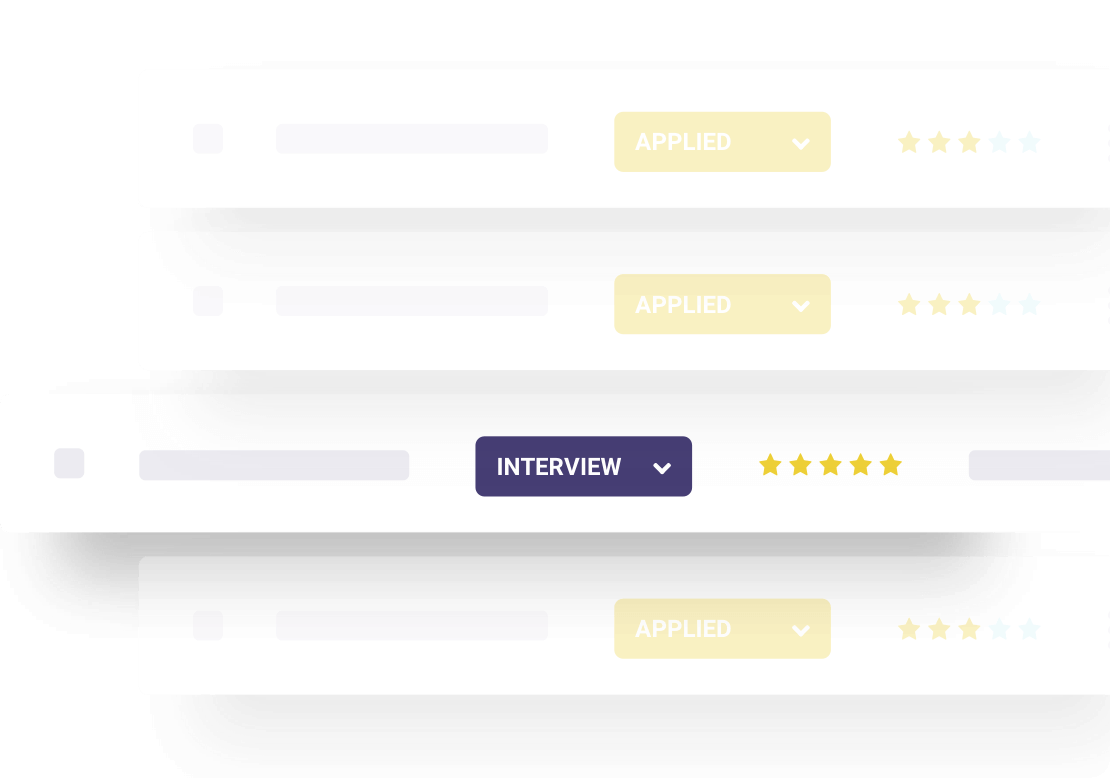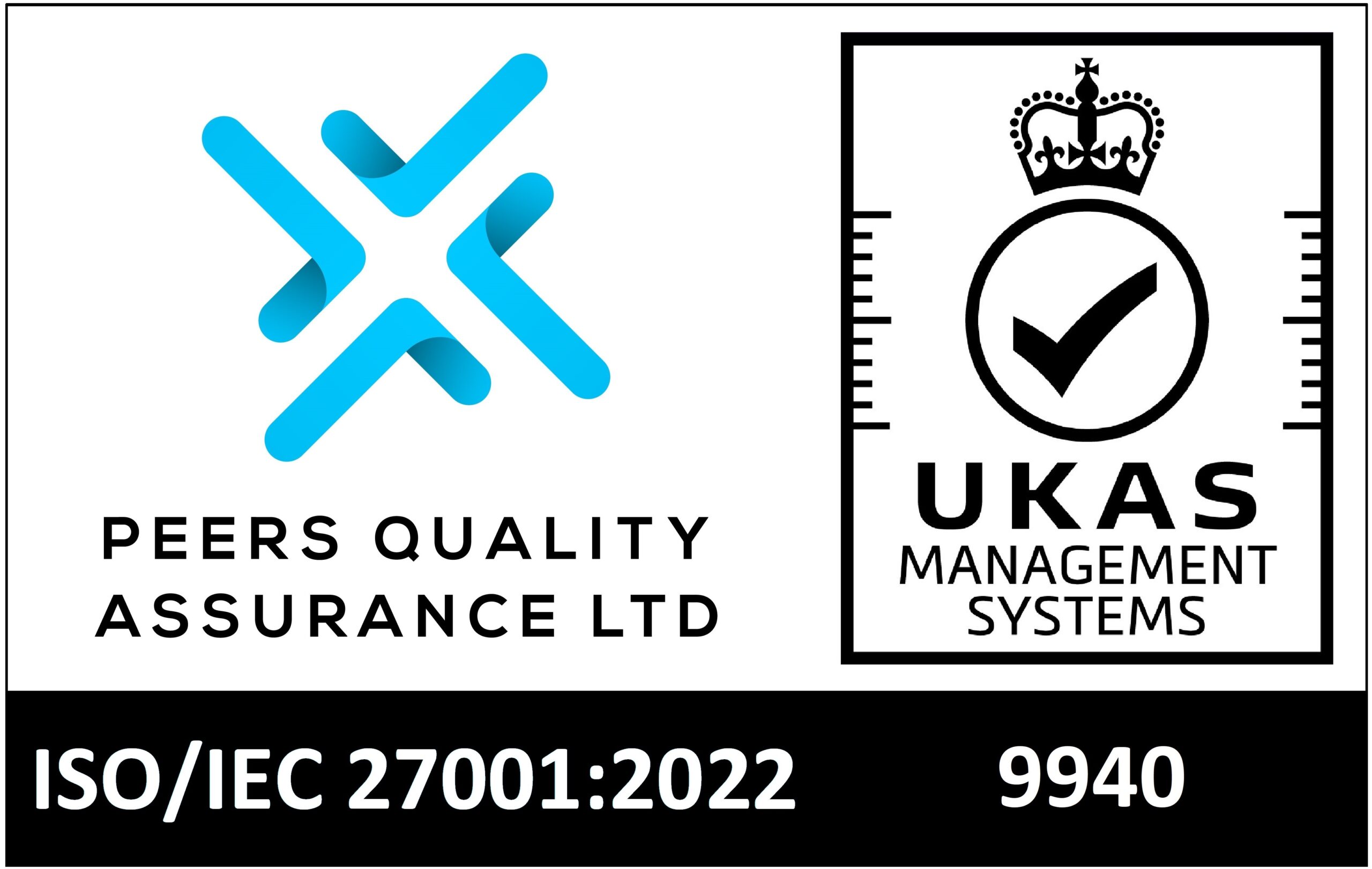Previously we looked at why every charity needs a careers site and why it’s so much more than a list of vacancies. But, what should you be including to make candidates stop and decide:
“I want to work here.”
These are my top five essentials every charity should include to make their careers site a powerful recruitment tool.
1. your employer brand in action
Your mission matters, but candidates also want to know what it feels like to work for you. This is where you can make your employer brand come to life.
Your careers site should clearly communicate:
- Your values - What do you stand for? How do those values show up in everyday work?
- Leadership commitment - A letter or video message from your CEO or senior leaders demonstrates that recruitment and people matter at the highest level.
- Culture and inclusion - Share your approach to EDI, accessibility and wellbeing. Candidates want to know they’ll be supported and respected.
why it matters:
Employer brand isn’t just about attracting candidates it’s about attracting the right candidates. People who align with your values are more likely to thrive and stay.
For example, imagine a candidate comparing two charities. One has a careers page with only job listings. The other has a content packed page with a CEO message, shouts about their values, and includes stories about inclusion. Which one feels more inviting? Which one signals that people matter? That’s why this is so important!
2. real employee stories
People trust people. Candidates want to hear from those doing the job every day - not just senior leaders or marketing teams. They want to know what their future colleagues are experiencing and why they’re staying.
Include:
- Day-in-the-life-of features of frontline roles
- Testimonials from staff across different teams
- Videos and photos that show real workplaces and real people
Authenticity builds trust. Glossy stock images don’t. When candidates see genuine stories, they can picture themselves in the role, and that’s incredibly powerful when it comes to talent attraction.
why it works:
Employee stories answer the question: “What’s it really like to work here?” They make your organisation relatable and human. They also help candidates self-select, reducing mismatched hires. You want to be attracting candidates that align with your culture and values alongside having the best talent.
3. benefits that actually matter
Here’s the truth: “20 days holiday plus bank holidays” isn’t a benefit. It’s a legal requirement. When talking about your benefits on your careers site (and job adverts!) it’s important to showcase what are truly benefits and what sets you apart.
Think about:
- Enhanced annual leave
- Flexible working options
- Wellbeing initiatives
- Professional development opportunities
- Additional perks like buy/sell holiday schemes, medical cover, death-in-service etc.
These are the things that help you compete with the private sector and show candidates you value them. If you offer something unique like volunteering days or mental health support—make sure it’s front and centre.
top tip:
Explain what the different benefits entail. For example, instead of just listing “Employee Assistance Programme,” explain that this is “Free confidential support for your mental health and wellbeing.” If people haven’t had access to certain benefits in the past it can really help them understand just what you’re offering.
4. transparency about the process
Uncertainty kills enthusiasm and can be a real barrier to neurodivergent applicants. Every candidate deserves clear, transparent information about each step of the recruitment process.
Your careers site should include:
- A clear outline of your recruitment process
- Expected timelines
- Accessibility options for those with different needs
This simple step reduces anxiety and improves candidate experience. It also signals professionalism and respect; two qualities candidates value highly.
why it matters:
When candidates know what to expect, they feel more confident and engaged. It also reduces dropouts caused by confusion or frustration. If you say you’re an inclusive employer, then taking these steps really show you mean it.
5. your candidate and employee commitment
Show candidates you respect their time and effort, not just duringthe recruitment process, but throughout their career with you.
- A Candidate Charter helps support this. Include how you communicate, your commitment to fairness and inclusion and what they can expect from every stage.
- Publish your Employee Engagement Survey results – show that you have ongoing commitment to all of your staff to be an employer of choice far beyond the initial recruitment stage.
These aren’t just good practices, they’re competitive advantages. When candidates and employees feel valued, they’re more likely to stay engaged, less likely to drop out and remain in your organisation for longer.
top tip:
Include a section on accessibility adjustments in your candidate charter. This signals inclusivity and reassures candidates with different needs that they’ll be supported.
why these five matter
Charities face unique recruitment challenges:
- Competing with private sector salaries
- Attracting specialist skills in areas like fundraising where talent pools are smaller
A careers site that includes these five elements helps you overcome those challenges by:
- Building trust and credibility
- Showcasing what makes you different
- Creating a positive candidate experience from the very first click
common mistakes to avoid
- Treating the careers page as an afterthought
- Listing only legal entitlements as “benefits”
- Ignoring mobile optimisation (over 80% of candidates apply via mobile)
- Not using content to specifically sell your organisation to candidates
Your careers site should feel like an invitation, not an obstacle.
the bigger picture
Your careers site isn’t just about recruitment, it’s about brand reputation, candidate experience, and long-term retention. It’s a platform to show candidates not just what you do, but what it feels like to work with you.
Investing in a strong careers site is a strategic move that pays off in:
- Reduced recruitment costs
- Higher quality hires
- Stronger employee engagement from day one
final thoughts
Your careers site isn’t a job board - it’s your shop window for talent. Make it engaging, transparent, and authentic. Show candidates why you’re not just a great charity, but a great employer.
reflection time
Which of these five does your charity already have and which one will you add next?

.png)




.png)






%20(1).png)